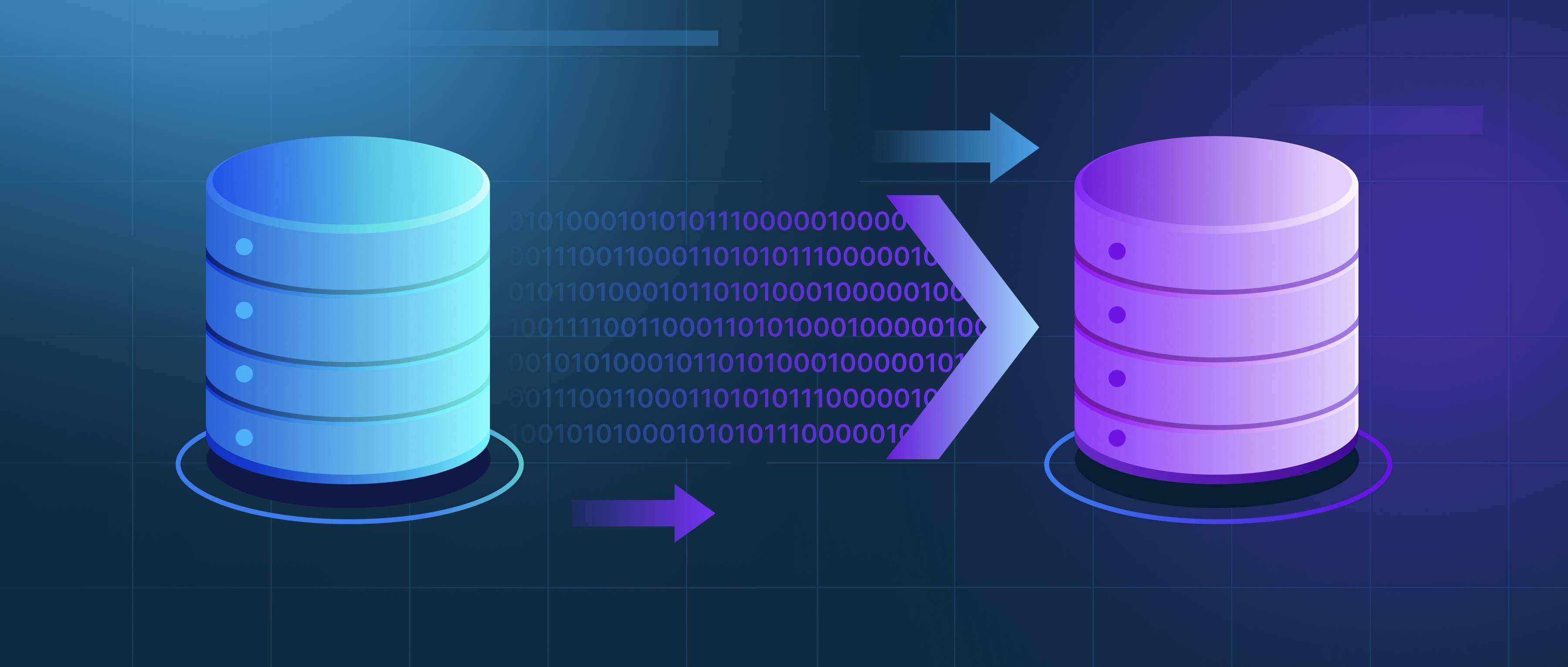To compare two RAG systems with differing strengths in retrieval and generation, use a multi-dimensional evaluation framework that separately measures retrieval and generation performance, then combines them based on task priorities. Here’s how to approach it:
1. Measure Retrieval and Generation Separately First, evaluate the two components independently. For retrieval, use metrics like Recall@k (proportion of relevant documents retrieved in the top k results), Mean Reciprocal Rank (MRR) (ranking quality of the first relevant document), and precision (relevance of retrieved documents). For generation, assess answer quality with ROUGE-L (text overlap with ground truth), BERTScore (semantic similarity), and factual consistency (accuracy of claims against retrieved documents). For example, if System A has higher Recall@5 but System B achieves better BERTScore, this highlights their respective strengths.
2. Combine Metrics with Weighted Scores or Task-Specific Benchmarks Create a composite score by assigning weights to retrieval and generation metrics based on application needs. For instance, in a fact-checking task, factual consistency might matter more than retrieval breadth, so assign 70% weight to generation metrics. Alternatively, use end-to-end task metrics like QA accuracy (correct answers in a benchmark) or human evaluation scores (e.g., Likert scales for relevance and correctness). For example, if System A’s strong retrieval leads to 90% QA accuracy but System B’s better generator achieves 85%, the choice depends on whether coverage or answer fluency is prioritized.
3. Use Multi-Dimensional Reporting for Transparency Present a table or dashboard showing both retrieval and generation metrics side by side. For example:
- Retrieval: Recall@5 (System A: 0.85, System B: 0.72), MRR (A: 0.65, B: 0.55)
- Generation: BERTScore (A: 0.82, B: 0.91), Factual Consistency (A: 0.75, B: 0.88) This allows stakeholders to prioritize based on their needs. For instance, a medical chatbot might favor factual consistency over retrieval speed, while a customer support tool might prioritize answer fluency.
By combining component-level metrics, weighted composite scores, and task-specific benchmarks, you enable a nuanced comparison that accounts for both retrieval and generation trade-offs. This approach avoids oversimplification while providing actionable insights for deployment decisions.
